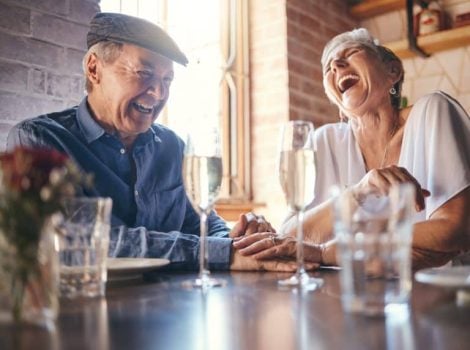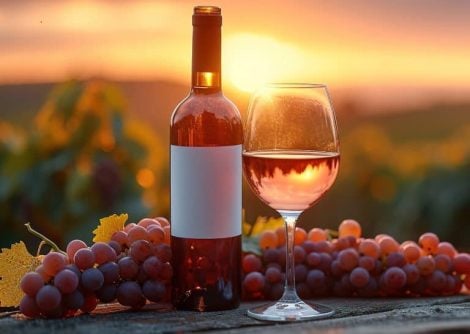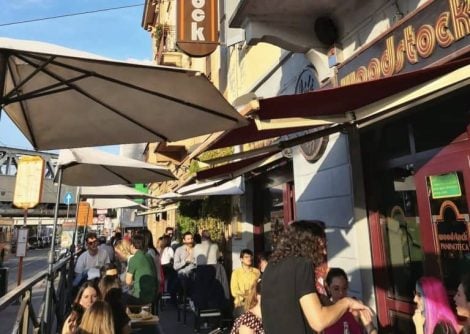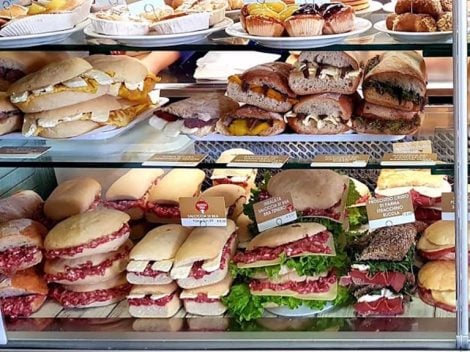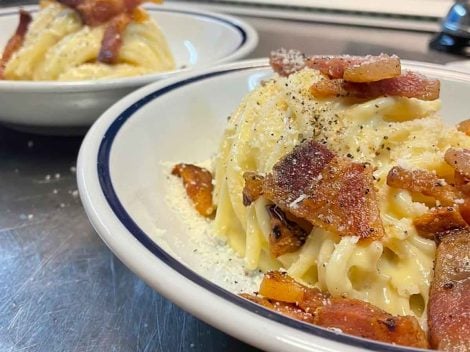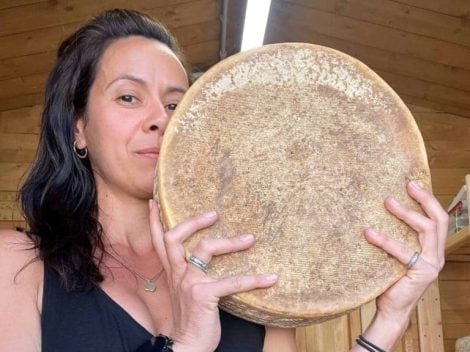A Belgian, a German, an Italian and two Arubians. The five are seated at Wilhelmina's table when Renwick Heronimo, who is a tour guide by trade, tells of a certain Giuseppe Frigerio who, at an undefined date between 1840 and 1880, decides to take a life-changing trip overseas.
"In Aruba, one of the most consumed dishes is Italian, we call it funchi, but it is actually polenta," Heronimo curiously reveals in his papiamento-accented English.
"Giuseppe Frigerio arrived on the island at the time of the gold fever, married the daughter of a mine director and settled there bringing polenta!" When intrigued diners continue to listen to the rest of Heronimo's story, the waitress has already ordered a barracuda, ceviche, kimchi salad, and prawns with cucumber and noodles, and dismissed her with a masha danki!
While waiting for the dishes, an amuse-bouche of balchi di pisca is offered on the table, and it is there that Heronimo goes on to say: “Frigerio saw us through and called about forty Italians from the north, skilled in working the stones. It was there that the first communities of compatriots formed on the island where the gold is'' (this is the meaning of Aruba, Ed.).
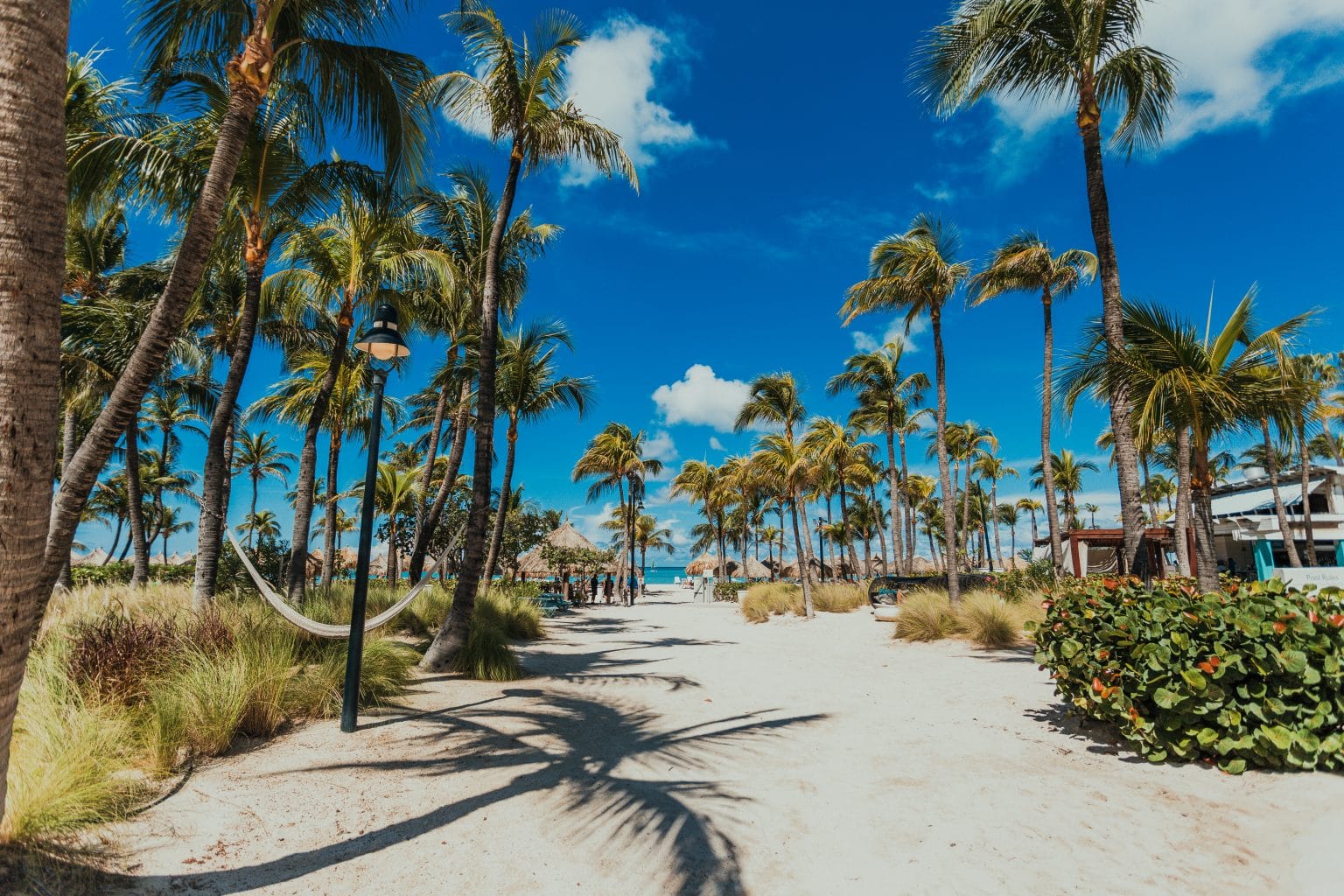
Palm beach
Of what happened to Frigerio, after he struck gold and left a gastronomic legacy such as polenta, no one has heard any more. And yet, what is certain is that the solution to the enigma of what is the true identity of an island that produces almost nothing, but imports everything; that has no typical cuisine, but is a mixture of American, European and Latin influences; that does not speak a single language, but between English and Dutch inserts a Creole, can be resolved in a few words: Aruba does not have an identity, on the contrary, it is a perfect mix of things and intentions that makes it the One Happy Island. And the symbol of this essence is that table of journalists where gastronomic dishes from all over the world, languages from different parts of the world, coexist in a surprisingly happy balance.
Watchword: freedom
The premise for understanding the island is precisely this: freedom is synonymous with infinity, with the countless possibilities that a country offers in every subject: food, culture, language. Here, freedom is transgression and acceptance at the same time. Everything is allowed: colouring houses as you like, combining ingredients that apparently have no connection. Emblematic of the assumption of 'no limits' are the avant-garde cocktails you taste at Infini, Urvin Croes' fine-dining restaurant, where rum is combined with soy sauce, or where Latin America dives together with Japan in the same glass of mescal, to bring together coconut and corn with yuzu.
Telling the story of a place far away - in terms of distance and customs - can be a daunting task. Yet, what you bring back home from a trip are the scents, sounds, images, flavours, those through which we want to introduce you to this island that dances in the Caribbean sea with Bonaire, Curaçao, Saint-Martin and winks to Venezuela.
Flavours: sea and fishing
Aruba tastes like fish. The island's fishing soul is moulded on the shores of the world's most beautiful beaches with the whitest sand, on which, if you are lucky, you may encounter a fishman with a handmade spatula - made from a piece of wood and some nails - desquamating a red snapper, blessing you as if it were a god; or a huddle of men just back from a fishing trip, proudly weighing their booty in the street on a vintage scale.
Forget tuna and salmon, the favourites on the tables here are mahi mahi, red snapper and barracuda. Fried prawns and balchi di pisca (fried balls of white fish) are not missing from the menu.
The spicy notes in the dishes are the result of a Latin American tradition that creeps into the dishes. Sauces come into their own, where papaya sauce takes the lead in many preparations. It is highly spicy - as it is made with Madame Jeanette chilli peppers - and goes well with shrimp fried in a coconut flour batter, or stewed shrimp.
When you read "funchi" on menus, the thought immediately goes to a typo. Granted that mushrooms are everywhere, often served with meat or in risotto or pasta, funchi is simply polenta also served with gouda cheese, where Italy and Holland meet.
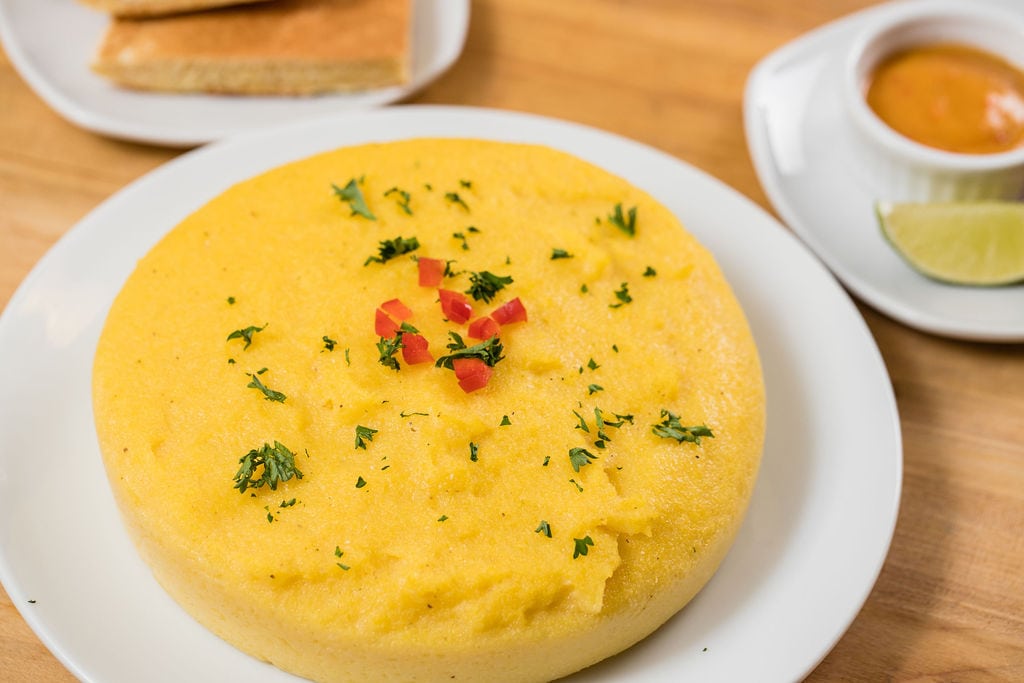
Funchi
Tubers, such as potatoes, or vegetables, such as pumpkin, are the stars of many dishes. Pampuna is often prepared in soup or stuffed with other ingredients. Meat is not lacking. Stoba is a stewed beef dish in the typical Dutch West Indies recipe; chicken is often grilled or used as an ingredient for main dishes. In steakhouses you can find Argentinian beef, angus and kobe. And if you have a chance, in typical restaurants ask for albondigas, traditional Spanish beef meatballs reminiscent of our meatballs with sauce.
Aruba is the floral and sweetish notes of its seawater, which is desalinated and purified in the Balashi plant and can be drunk straight from the tap. It is used to brew Balashi beer (also in a magic mango version!) to be sipped in the shade of a palapa lying on the white sand of Eagle Beach, the second most beautiful beach in the world.
Sounds: music, wind and sea
Between Caribbean music and the melodic cadence of papiamento, what one hears on the island is the sound of the wind. One can hear it in the natural bays Moro, Boca Prins and Dos Playa that one comes across while walking through the Arikok National Park. If this place were a sound, then it would be the sacred silence that reigns at the exact moment when a kini kini glides over a sun-dried boulder to relax; or that of the birds singing in Arikok's Hofi Shon Shoco garden while sipping a great American coffee from Santos, one of the best coffee shops around.
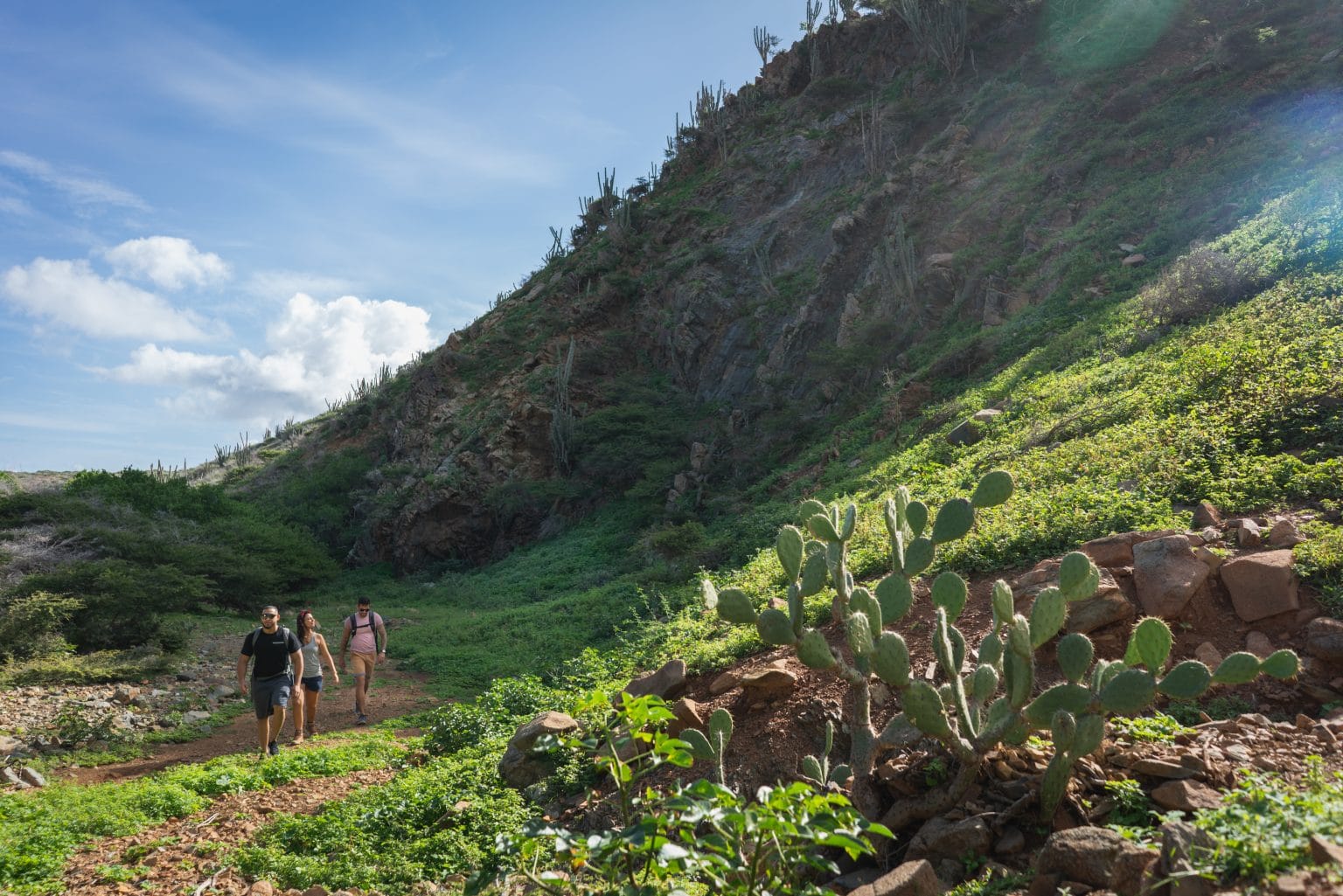
Arikok National Park
Aruba is the sound of the sea, gently moved by tropical winds that blow at an almost constant temperature of twenty-eight degrees, telling of a place where summer never ends. This island is the echo of the deep voice of Julio - Arikok's tour guide - who tells of the atmospheric phenomena that, over the centuries, have moulded the Quadirikiri quarry into natural forms carved in stone, like a heart or a woman's profile.
Scents: cookies, bread and kombucha
The Caribbean island tastes of many things, but if there is one you won't forget, it is the smell of giant chocolate cookies freshly baked at Eduardo's Hideaway for breakfast. The owner of the place is tiny and full of energy. After recommending an avo smash as a must-do for breakfast, he takes you back to a workshop where they make fresh bread with sourdough and kombucha, bottled right there. And the most fragrant bread, you try at the Infini restaurant served warm and flavoured with cinnamon.
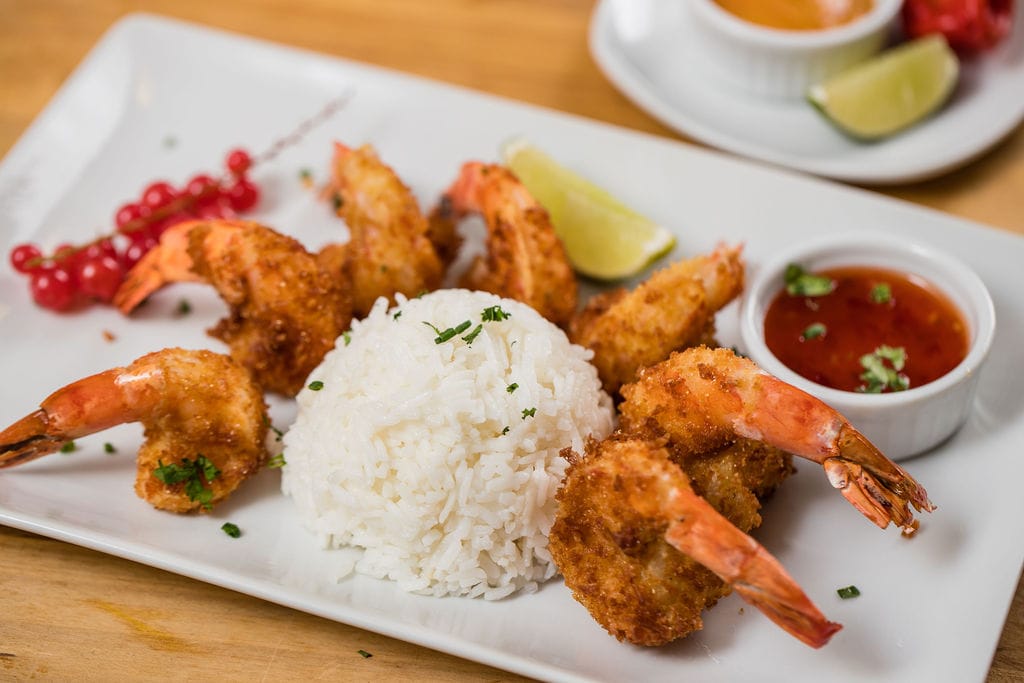
Cabaron hasa cu Arroz
The sea breeze here is light and inviting. One can sink one's lungs into the gentle Caribbean sea while strolling along the white sandy beaches of Eagle Beach, Baby Beach, Rodger's Beach, Palm Beach and Flamingo Beach.
Colours: from landscape to art
"Hola, dushi!" exclaims Tito when, equipped with microphone and amplified speaker, he crosses the threshold of Artisa, the art gallery he runs on the island. It only takes a moment to get caught up in his spirit and be taken on a tour under the heatwave, to discover the play of colours that are the murals of San Nicolaas, the artistic quarter of the Caribbean's most colourful island.
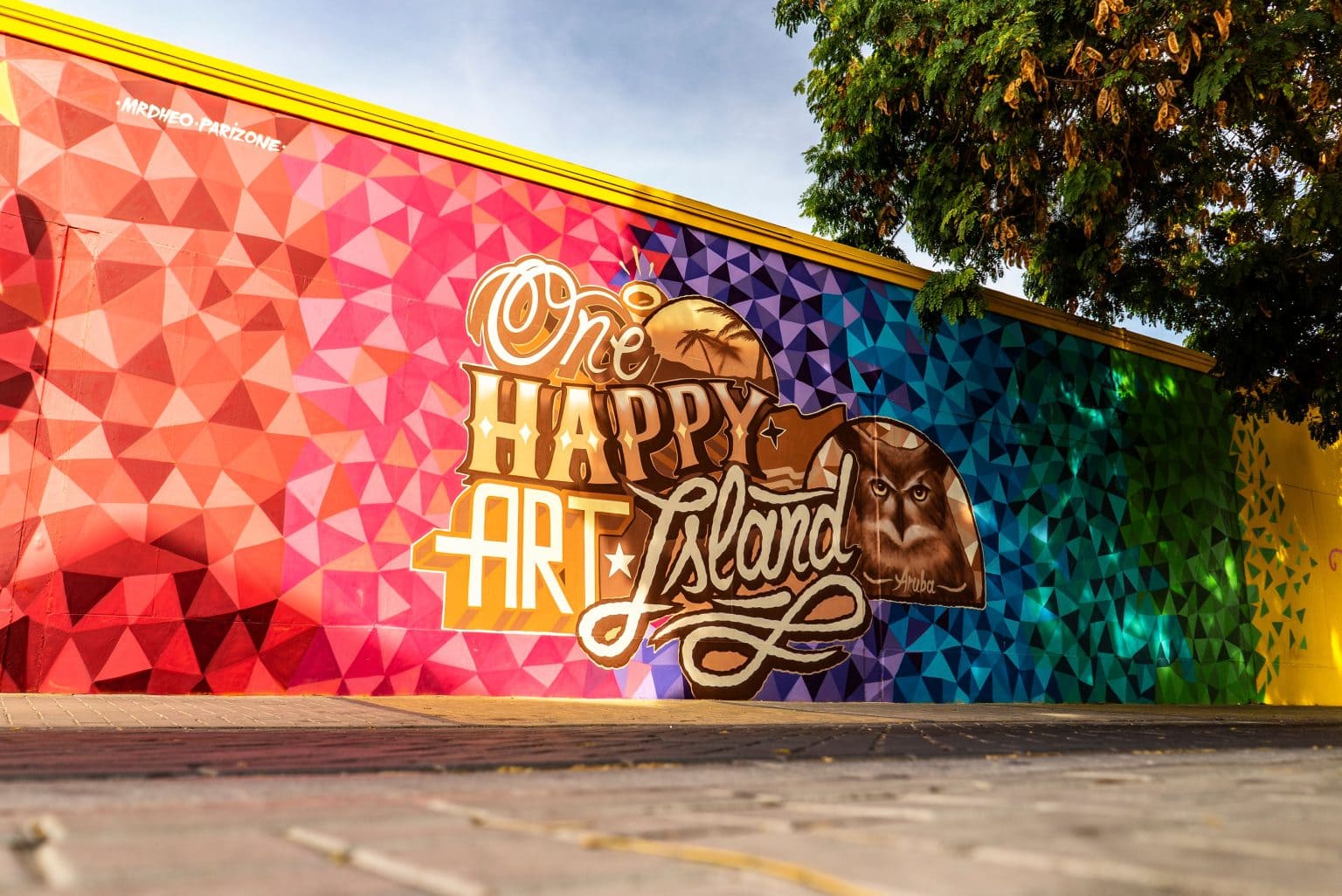
murals in San Nicolaas
This is where a fascinating colour game begins, where the palaces of Oranjestad dyed in different pastel colours compete; the blue of the Caribbean sea in which to dive from a pirate ship to discover the shades of the coral reef and extraordinary fish; the green of the Arikok park dotted with centuries-old cacti that stretch across the island, of the divi divi - trees naturally bent by the wind - that dot the beaches, and of the aloe vera plantations or hydroponics cultures that give birth to hundreds of plants.
The Aruba effect
What everyone calls the 'Aruba effect' is the happiness that floods those who set foot there and never want to leave. A feeling that even Giuseppe Frigerio, had he still been alive, would have confirmed, remembering his Italy with nostalgia, but with his feet firmly planted in this corner of the Caribbean.
The same goes for Mauro De Palma, an Italian from Turin who moved first to Venezuela and then to Aruba and who serves lasagne and risotto with ossobuco in his restaurant. Or even Maurizio Ferrara who has built an empire on the island: nine restaurants, a pizzeria and a bakery.
"Would you go back to Italy?" The question was not asked of any of them, yet the certainty was that the answer would be: "No, masha danki. Ami ta bon aki!" (No, thanks. I'm fine here!).

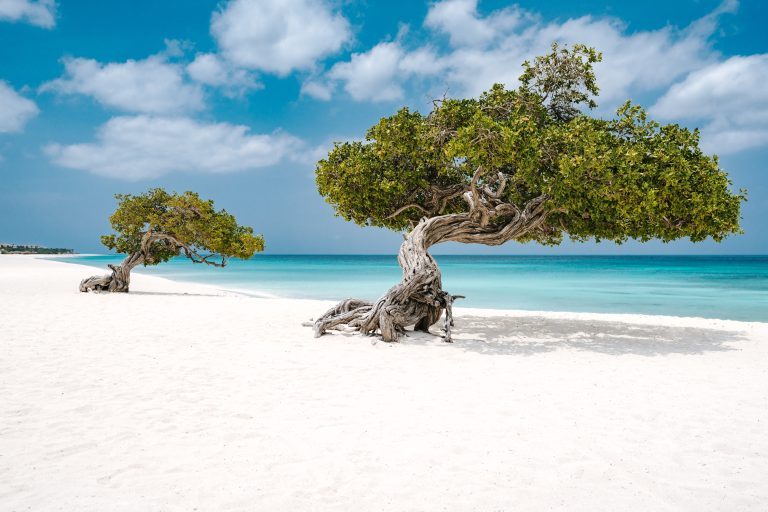
 The 10 best Cerasuolo d'Abruzzo chosen by Gambero Rosso
The 10 best Cerasuolo d'Abruzzo chosen by Gambero Rosso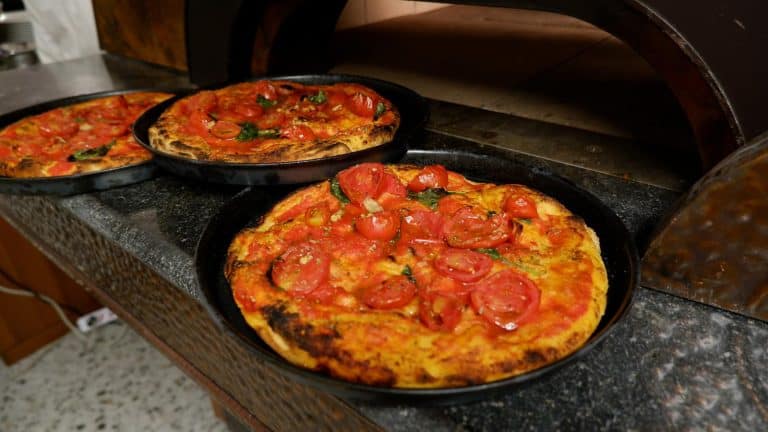 Classic pizzas from the past and the return of "rutiello." In Naples, Antica Pizzeria Chiaia opens
Classic pizzas from the past and the return of "rutiello." In Naples, Antica Pizzeria Chiaia opens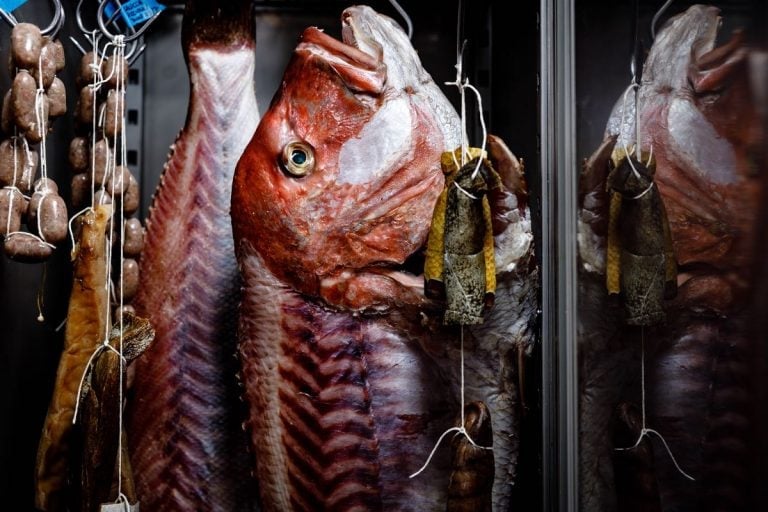 One of Italy's most famous seafood restaurants changes location and goes out to sea
One of Italy's most famous seafood restaurants changes location and goes out to sea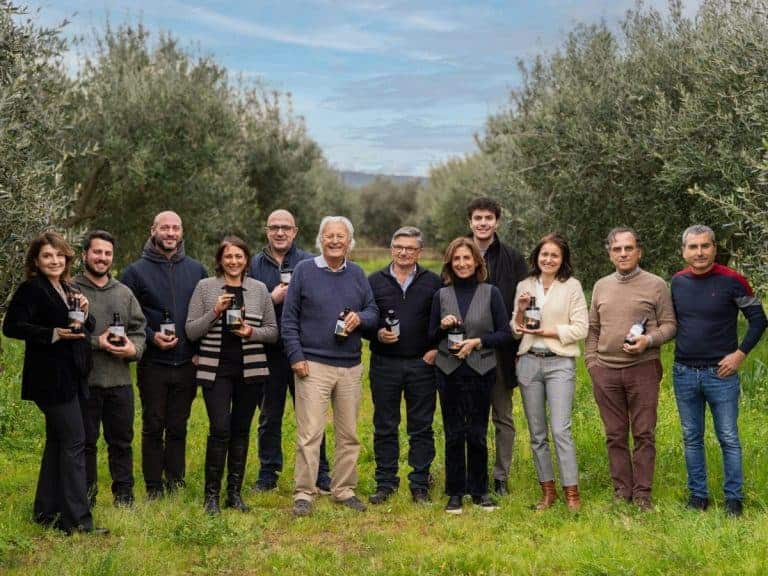 In Calabria, the tenacity of three women gives birth to one of Italy's best oils. The story of the Lametia Dop Consortium
In Calabria, the tenacity of three women gives birth to one of Italy's best oils. The story of the Lametia Dop Consortium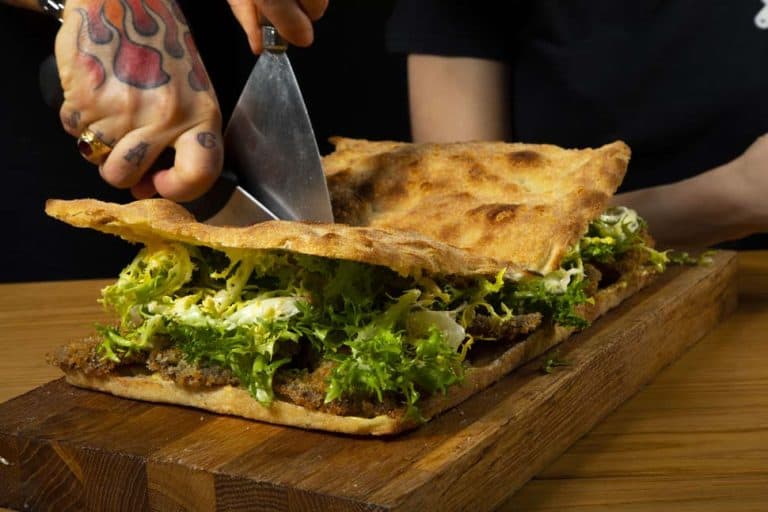 In Rome, a super slice pizza arrives: Sancho, the pizzeria from Fiumicino, opens a branch in Prati
In Rome, a super slice pizza arrives: Sancho, the pizzeria from Fiumicino, opens a branch in Prati